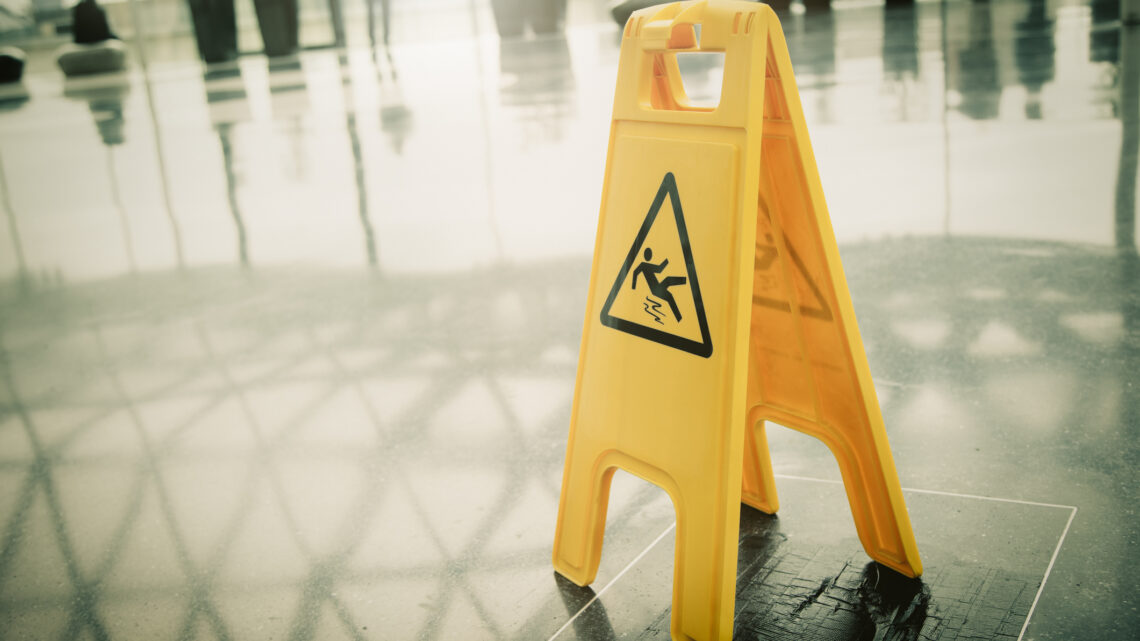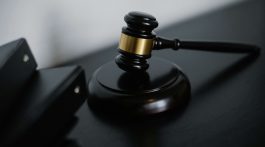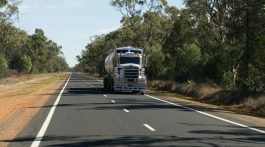The last thing anyone considers when stepping onto a property is whether they may get injured or not. Unfortunately, it is a realistic occurrence that in some cases may leave a person injured as a result of the property owner’s negligence. In cases involving a slip and fall injury, it is crucial to consider the basic elements necessary to establish liability and negligence.
The Necessary Elements in a Slip and Fall Personal Injury Lawsuit
- Property Hazard
- The was a hazard on the property that led to the injury. Property owners are expected to have a certain duty or standard of care when allowing others onto their property in regards to premises liability. According to Gary C. Johnson, P.S.C., an injury law firm in Kentucky, premises liability is the legal term for the responsibility of a property owner to keep buildings and land reasonably free of hazards that could injure others.
- Legal entrance onto the property
- The slip and fall victim was allowed onto the property legally. Once allowed onto the property the owner is subject to an owed duty of maintaining a safe environment for those who enter. Allowing someone to enter the property while knowing of a hazard is what directly puts the property owner at risk.
- Harm or injury on the property
- The victim was injured on the property as a direct result of the hazard. The injuries from a slip and fall are one form of evidence, but may not be entirely enough. It is important to gather evidence proving that the injuries sustained were due to a hazard on the property and directly related to the owner’s negligence.
- Damages as a result of negligence
- The final element needed to recover compensation is proof of damages as a result of the property hazard. Through the use of witness testimony and medical records, a victim can prove that the owner was at fault.
Do the Majority of Slip and Fall Cases Settle Outside of Court?
The average slip and fall settlements range from about $10,000 to $50,000, but this number can raise much higher depending on the severity of the injuries sustained, the evidence available, and the medical expenses incurred as a result of the incident. Most of the time these cases will be settled out of court as the defendants would be aware that it may be less costly to come to an arraignment without the expenses of going to trial, however, there are some unique cases that lead to a more extensive legal process.
What Types of Compensation Are Available in a Slip and Fall Lawsuit?
Compensation for a slip and fall case is typically made up of economic damages (tangible) and non-economic damages. Some compensation available with economic damages includes any medical expenses (present and future) that occurred as a result of the accident and any lost wages associated with the work missed while recovering. Some examples of compensation available with noneconomic damages would include pain and suffering (physical or emotional) or even severe instances that include the death of a victim. According to the National Safety Council, over 40,000 people died from falls at home and at work in 2020. In this case, the victim’s family members may be entitled to compensation.
It is essential to consider these elements when filing a slip and fall lawsuit. Not every circumstance will warrant compensation and a lack of evidence may lead to negative results as well. It is best to discuss your options with a legal professional who can walk you through the process of filing a personal injury claim.



No Comment